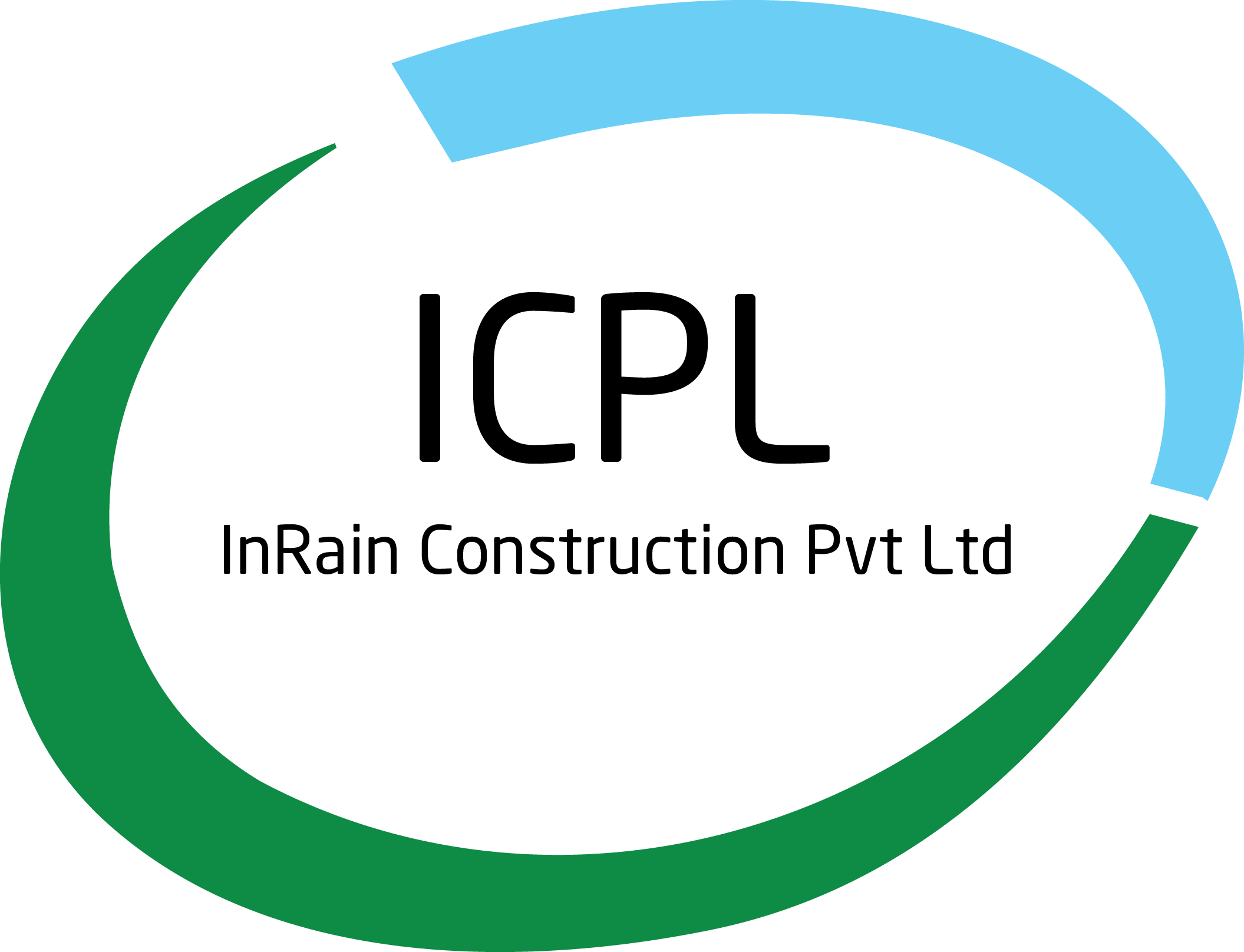
Rainwater Harvesting System: Empower Your Life with Sustainable Practices
In fast-growing nations like India, where water scarcity is a pressing issue, adopting sustainable water solutions is crucial for both businesses and homeowners. One highly effective and environmentally friendly solution is the Rainwater Harvesting System. This blog explores the advantages and applications of rainwater harvesting systems, with a focus on solutions tailored for businesses, environmental advocates, and affluent homeowners in India.
Rainwater Harvesting: A Crucial Solution for India's Water Crisis
India faces severe water challenges, with groundwater depletion and unpredictable monsoon patterns impacting water availability. Rainwater harvesting offers a practical, eco-friendly method of capturing and storing rainwater for future use, making it a valuable approach to reducing reliance on municipal and groundwater resources.
Benefits of Rainwater Harvesting Systems:
Promotes Sustainability: Rainwater harvesting supports sustainable living and environmental care, aligning well with eco-conscious values for both individuals and companies.Reduces Costs: By using collected rainwater for landscaping, cooling systems, or toilets, businesses and affluent households can cut down significantly on their water expenses.Ensures Water Security: Rainwater harvesting systems provide a steady water supply during droughts or water restrictions, minimizing disruptions for businesses and helping affluent homeowners maintain their lifestyle.Supports Legal Compliance: Many cities in India mandate rainwater collection for residential and commercial properties, making compliance crucial to avoid fines.
Customized Rainwater Harvesting for Diverse Needs:
Businesses: Rainwater harvesting systems can be scaled for industrial purposes, using large catchment areas and underground storage tanks to secure water for production, cooling, and sanitation, all while lowering operational costs and minimizing environmental impact.Luxurious Homes: Wealthy homeowners can integrate rainwater harvesting systems that complement their homes. For instance, rooftop gardens with discreet storage tanks or decorative garden features that double as water collection points contribute to water conservation without compromising aesthetics.Environmental Advocates: Environmentalists benefit from rainwater harvesting as it eases pressure on natural water sources and recharges groundwater, supporting the ecosystem's balance.
Steps for Implementing Rainwater Harvesting:
Site Assessment: Conduct a detailed site assessment to determine the ideal rainwater harvesting system design, considering factors like local regulations, roof size, and rainfall patterns.Water Collection: Set up gutters and downspouts to funnel rain from roofs into holding tanks. Filters are essential to ensure the water remains clean and suitable for various uses.Storage Solutions: Select either above-ground or underground storage tanks based on available space. Properly sealed tanks prevent contamination and water loss through evaporation.Distribution System: Implement a distribution system to channel harvested rainwater to areas like irrigation or flushing, as needed.Regular Maintenance: Ongoing maintenance is vital to keep the system efficient. Daily inspections and cleaning of filters and tanks can help to extend the lifespan of the system.
Conclusion:
For businesses, environmentalists, and homeowners across India, rainwater harvesting represents both a smart economic choice and a commitment to sustainability. This practice fosters water security, lowers costs, and aligns with India’s increasing focus on environmental responsibility. By implementing a tailored rainwater harvesting system, you can make a meaningful impact on water conservation while benefiting from a dependable, sustainable water source.

November 15, 2024
Advancing Sustainability with Modular Rainwater Harvesting

November 20, 2024
Stormwater Management in India: A Growing Need
Our Happy Clients

TATA

PEPSICO

HONDA

SMART CITY KARIMNAGAR

DELHI DEVELOPMENT AUTHORITY

PRADHANMANTRI SANGRAHALAYA

NHAI

INTERNATIONAL ARRIVALS

NDMC

HINDUSTAN UNILEVER

CPWD

PWD

LARSEN & TOUBRO

MARATHON ELECTRIC

MITTAL CONS.

GMDA

FUJITA

BROOKFIELD PROPERTIES

DENSO

GLS

CBRE

SMC

SUPREME PIPES

AHRESTY

V3
©Copyright 2025 InRain® Construction Pvt. Ltd. All Rights Reserved.


